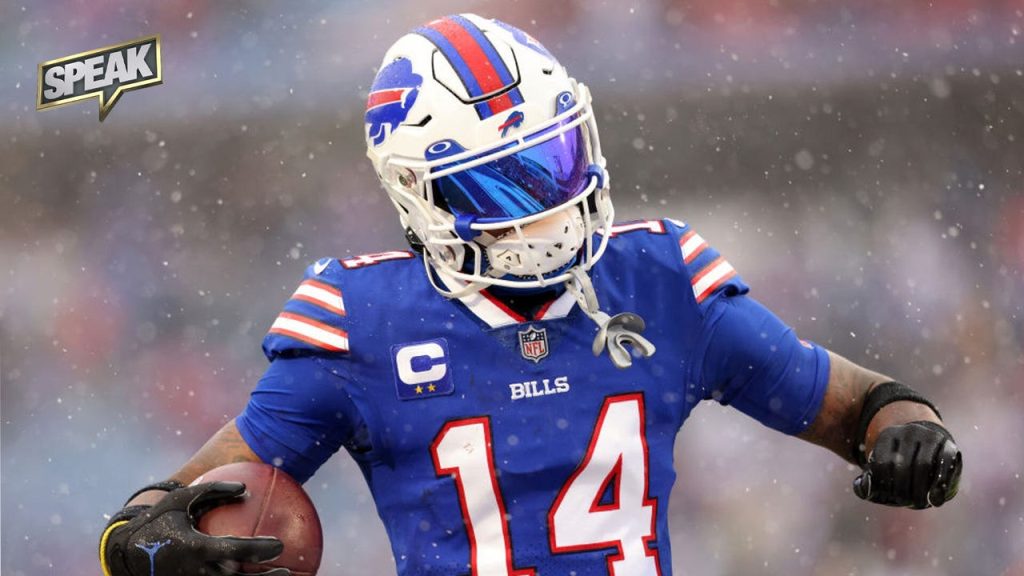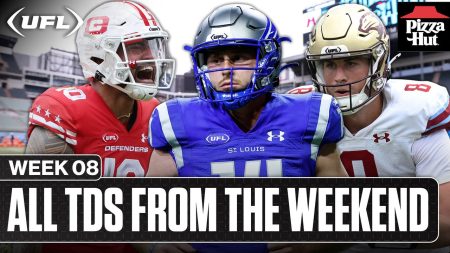LeSean McCoy, a former player for the Buffalo Bills, recently spoke out against Bills GM Brandon Beane for trading Stefon Diggs to the Houston Texans. McCoy expressed his displeasure with Beane’s decision, stating that he does not believe the team is better off without Diggs. He criticized Beane’s statement that the team may not be better off as a result of the trade, questioning the logic behind making a move that doesn’t improve the team.
McCoy’s comments highlight the tension that can arise between players and management when significant roster changes are made. In this case, McCoy clearly believes that Beane’s decision to trade Diggs was a mistake and could potentially weaken the team. His criticism of the GM suggests a lack of confidence in Beane’s ability to make sound decisions for the team’s success. This raises questions about the power dynamics within the organization and the impact that such disagreements can have on team morale and performance.
The trade of a key player like Diggs can have ripple effects throughout the organization, as seen in McCoy’s comments. His perspective sheds light on the challenges faced by teams when making difficult personnel decisions. The fallout from such moves can impact team chemistry and cohesion, as players and management may not always see eye to eye on the direction of the team. McCoy’s public criticism of Beane’s decision adds another layer of complexity to the situation, as it creates a potential rift between current and former players.
It is not uncommon for former players to weigh in on team decisions, but McCoy’s comments stand out for their directness and critique of the GM. His perspective as a former player adds weight to his opinions, as he has firsthand experience with the team’s dynamics and decision-making processes. McCoy’s status as a respected former player also gives credence to his criticisms, as fans and media outlets may pay more attention to his insights into the team’s inner workings.
The public airing of disagreements between players and management can be damaging to team unity and public perception. McCoy’s comments may fuel speculation and criticism of the Bills’ front office, potentially creating distractions for the team as they prepare for the upcoming season. This situation highlights the challenges faced by organizations in managing internal dynamics and maintaining a positive public image. It also underscores the importance of effective communication and leadership in navigating conflicts and controversies within a team.
In conclusion, McCoy’s comments on the trade of Stefon Diggs and his criticism of Bills GM Brandon Beane raise important questions about team dynamics, decision-making processes, and leadership within organizations. The fallout from such decisions can have wide-ranging implications for team performance and morale. How the Bills handle this situation moving forward will be closely watched by fans, media, and other teams in the league. As the NFL season approaches, the ongoing saga between McCoy and Beane serves as a reminder of the complexities and challenges faced by teams in managing personnel decisions and maintaining unity.















